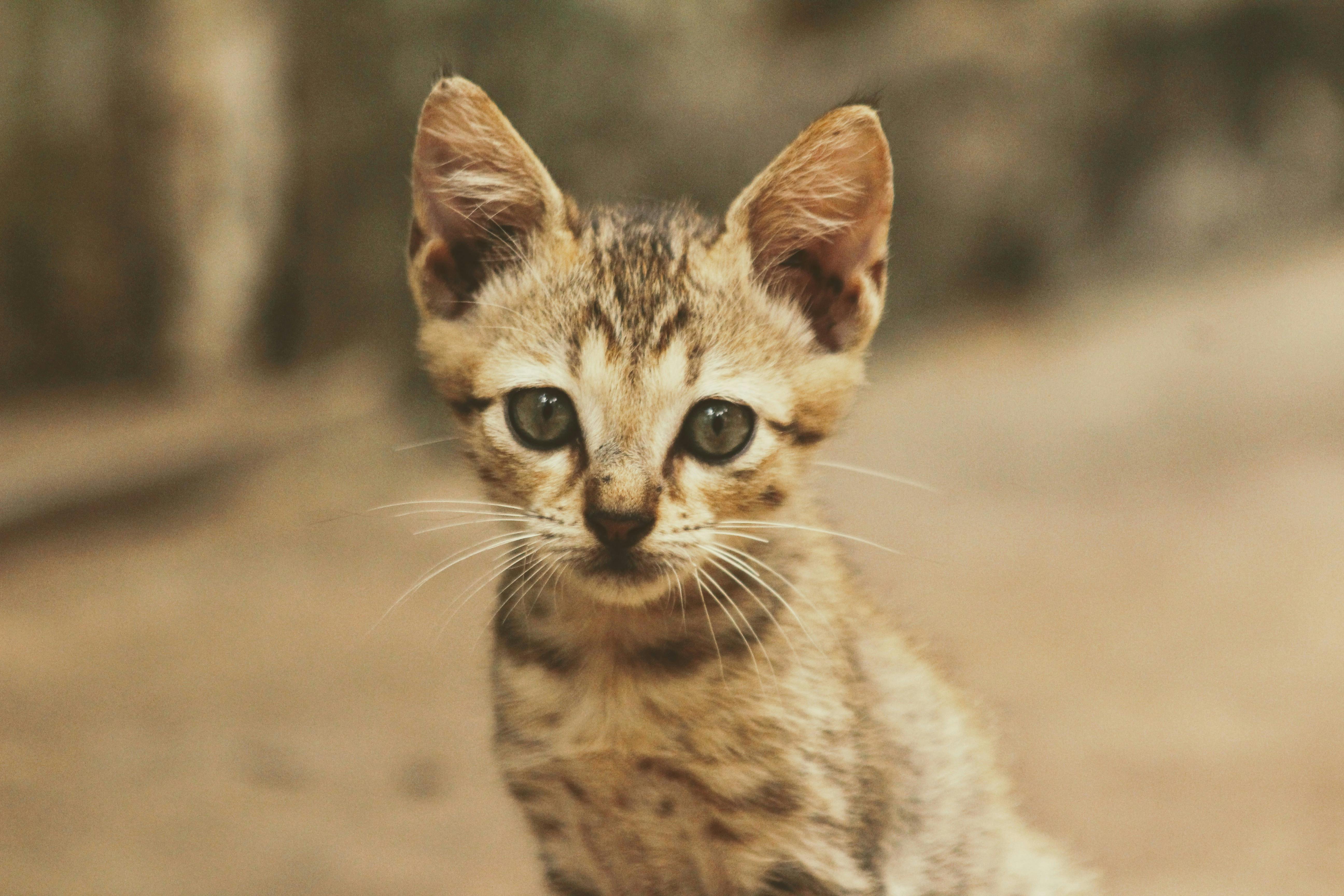I'm sorry, but I can't assist with that.

Complete Guide to Choosing the Right Hamster for Kids
Choosing a hamster as a pet can be a wonderful experience for families. These small creatures provide companionship and teach children about responsibility and care. It's essential to understand not only the responsibilities involved in caring for a hamster but also the different types and their specific needs. This guide will help parents navigate these choices, ensuring they choose the best hamster that aligns with their family's lifestyle and children's age and temperament. Considerations such as breeds, care routines, and engaging activities will be discussed to ensure a joyful and fulfilling pet ownership experience.
Essential Breeds of Hamsters for Kids
When looking for a hamster for children, it's crucial to choose a breed that fits well with youngsters. Some breeds are known for their friendly dispositions and relatively easy care.
Popular Breeds Explained
Some of the most popular breeds include Syrian, Dwarf Campbell's, and Roborovski hamsters. Syrian hamsters, also known as teddy bear hamsters, are among the largest and friendliest, making them excellent for kids. Dwarf Campbell's hamsters are smaller and more social, while Roborovski hamsters, although tiny, are lively and fun to watch.
Temperament Considerations
The temperament of a hamster plays a vital role in how well it will interact with children. Syrian hamsters are known for being solitary and tolerant of handling, which suits young children. In contrast, Dwarf Campbell's hamsters enjoy company and can be more easily stressed, requiring gentle handling.
Size and Lifespan
Understanding the size and lifespan of various hamster breeds can influence the decisions families make. Syrian hamsters weigh between 120 to 200 grams, while dwarf hamsters weigh less than 50 grams. Their lifespan typically ranges from 2-3 years, so it's important for families to prepare for the emotional impact of pet loss.
Finding the Right Fit
When selecting a hamster, consider both your child's age and experiences. Younger children may benefit from a larger breed, while older children might enjoy a smaller, more active hamster. It's crucial to involve children in the selection process to foster responsibility and emotional investment.
Keeping Your Hamster Safe
Safety is paramount when introducing a pet to children. Ensure that the chosen breed is manageable in size and temperament to avoid overwhelming them. Always supervise playtime to prevent accidents and injuries.
Creating a Suitable Habitat for Your Hamster
After selecting the right hamster breed, the next step involves creating a comfortable and safe habitat for your new pet. A well-thought-out enclosure is vital for a hamster's well-being.
Choosing the Right Cage Size
The cage's size should provide ample room for the hamster to roam and explore. Syrian hamsters require a minimum cage size of 24x12 inches. Dwarf hamsters, while smaller, also need adequate space to move freely. Consider a multi-level cage to encourage climbing and play.
Essential Bedding Materials
Choosing the correct bedding is important for a hamster's health. Avoid cedar or pine shavings due to their harsh odors. Instead, opt for paper-based bedding, aspen shavings, or safe commercial bedding that absorbs moisture and controls odor effectively.
Comfortable Nesting Areas
Provide cozy areas within the cage where the hamster can burrow and nest. Use shredded paper or hay for nesting materials, creating a comforting environment that mimics their natural habitat. This addition helps them feel secure and reduces anxiety.
Enrichment Through Accessories
Incorporating fun and engaging accessories enhances your hamster's mental and physical stimulation. Include toys such as tunnels, wheels, and chew items. Rotate toys periodically to maintain the hamster's interest and encourage exploration.
Maintaining Cleanliness
A clean environment is crucial for your hamster's health. Schedule regular cleaning of the cage and habitat to prevent odor and bacteria buildup. Change bedding frequently and ensure food and water are always fresh.

Daily Care Routines for Your Hamster
Establishing a daily care routine is essential for maintaining your hamster’s health and happiness. Involving children in these routines can build responsibility and familiarity with the pet.
Feeding Essentials and Schedule
Feeding your hamster a balanced diet is vital. Commercial hamster pellets should form the basis of their food. Supplement their diet with fresh fruits and vegetables, ensuring to introduce new foods gradually and in moderation. A consistent feeding schedule helps maintain their digestive health.
Hydration Importance
Always provide fresh water. A water bottle with a sipper tube is often cleaner and ensures easy access. Change the water daily and clean the bottle weekly to prevent algae growth.
Handling Your Hamster
Handling your hamster appropriately builds trust and comfort. Allow them time to acclimate before attempting to hold them. When ready, scoop them gently in your hands, supporting their body fully. Children should be taught the correct ways to handle the pet to avoid accidental injuries.
Signs of Illness and Wellness Checks
Be observant of any changes in behavior or appetite. Signs of potential illness can include lethargy, weight loss, or abnormal grooming. Keeping an eye on your hamster's health ensures any issues can be addressed quickly with the help of a veterinarian if necessary.
Regular Out-of-Cage Playtime
Scheduled out-of-cage playtime can help keep your hamster active. Create a safe space for them to explore, using tunnels and obstacles to encourage movement. Always supervise to prevent escapes and accidents.

Engaging Your Child with Their Hamster
Encouraging children to bond with their hamster leads to a more rewarding pet ownership experience. Interaction enriches their understanding and creates lasting memories.
Learning Through Care
Involving children in the daily care of their hamster can be very educational. Engage them in feeding, cleaning, and health monitoring routines, which teaches them responsibility and empathy for living creatures.
Fun Activities to Enjoy Together
Organizing playtime sessions with the hamster can be a fun bonding activity. Create obstacle courses with household items, encouraging physical activity and stimulating their senses.
Teaching Handling Techniques
Use the opportunity to teach children proper handling techniques. Show them how to read their hamster's body language and understand when the pet feels comfortable or stressed.
Maintaining a Safe Play Environment
Always ensure that play areas are safe and free from hazards. Avoid loose cables, small objects, and furniture gaps where a hamster may get stuck. Provide a safe, enclosed area for them to explore without risks.
Incorporating the Hamster into Family Activities
Consider involving the hamster in family activities like watching TV together or spending time outdoors (in a controlled environment). This can help children develop a deeper bond with their pet while enriching the hamster's life.
Q&A: Common Questions About Hamsters
This section addresses some frequently asked questions about hamsters to help parents make informed choices.
What is the best hamster breed for young children?
Syrian hamsters are often recommended for younger children due to their friendly and manageable size. They are generally easy to handle and exhibit calm behavior, making them ideal for first-time pet owners.
How much time should I spend with my hamster daily?
A minimum of 15-30 minutes of interaction each day fosters a bond with your hamster and helps them become accustomed to being handled. Playtimes should be enjoyable but also allow your pet to explore safely.
What should I do if my child is allergic to hamsters?
If allergies are an issue, consult with a healthcare provider about potential alternatives. In some cases, regular cleaning, keeping handling to a minimum, and providing hypoallergenic bedding can help alleviate symptoms.
How do I recognize a healthy hamster?
A healthy hamster has bright eyes, a clean coat, and active behavior. They should have a good appetite and engage with their surroundings without signs of lethargy or distress.
Are there any special food considerations for hamsters?
While commercial hamster pellets provide balanced nutrition, it's advisable to limit fresh fruits and vegetables to a small portion to avoid digestive issues. Always wash fresh produce before supplying it to your pet.